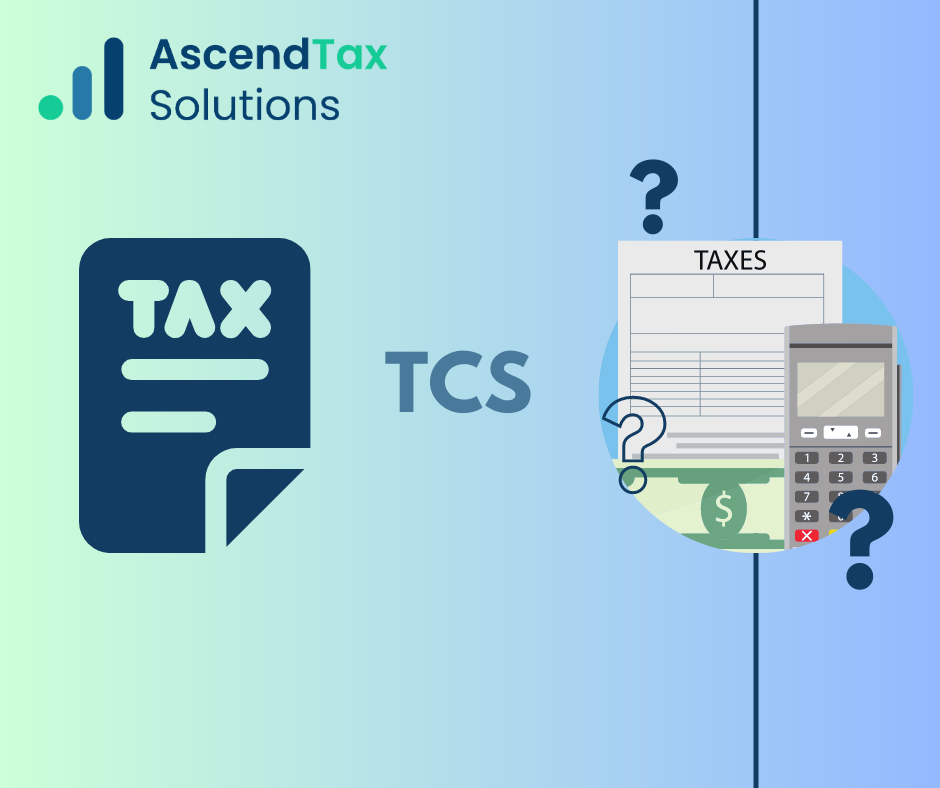The Liberalized Remittance Scheme (LRS) in India has opened up avenues for individuals to remit money abroad for various purposes, including small debit/credit transactions. However, it is essential to be aware of the provisions regarding Tax Collected at Source (TCS) associated with such transactions. In this blog, we will delve into the details of small debit/credit transactions under LRS and the implications of TCS.
What is the Liberalized Remittance Scheme (LRS)?
The Liberalized Remittance Scheme is a framework established by the Reserve Bank of India (RBI) that permits Indian residents to remit a certain amount of money abroad for specified purposes. These purposes include travel, education, medical treatment, investment in foreign stocks, purchase of property abroad, and more. The LRS enables individuals to diversify their financial assets, gain international exposure, and fulfil personal and financial goals.
Tax Collected at Source (TCS) is a mechanism implemented by the Indian government to collect tax at the source of certain transactions. Under the provisions of the Income Tax Act, individuals remitting money abroad for specified purposes under the LRS may be liable to pay TCS if the total amount exceeds a prescribed threshold.

Small Debit/Credit Transactions and TCS: Regarding small debit/credit transactions under LRS, the applicability of TCS depends on the total amount remitted in a financial year. As of the information available, if the cumulative amount remitted exceeds INR 7 lakh in a financial year, TCS is levied at the rate of 20%. This means that if an individual remits a total of INR 7 lakh or more for specified purposes within a financial year, 20% of the amount above the threshold will be collected as TCS by the authorized dealer (typically a bank) and deposited with the government.
Implications and Considerations:
- TCS Credit: The TCS amount collected by the authorized dealer is reflected in the individual’s Form 26AS, which acts as a tax credit statement. It can be claimed while filing the income tax return, reducing the overall tax liability.
- Threshold Limit: It is crucial to monitor the cumulative amount remitted throughout the financial year to assess the applicability of TCS. Transactions below the threshold of INR 7 lakh will not attract TCS.
- Tax Implications: TCS is collected at the time of remittance, and it is important to factor in this additional tax liability while planning finances and ensuring compliance with tax laws.
- Updates and Changes: The threshold limits and TCS rates may be subject to revision based on updates in the tax laws and regulations. It is advisable to refer to the latest guidelines issued by the RBI and consult with a tax professional or authorized dealer for accurate and up-to-date information.
Conclusion: The Liberalized Remittance Scheme (LRS) has provided Indian residents with the opportunity to engage in small debit/credit transactions abroad for various purposes. However, it is essential to understand the provisions regarding Tax Collected at Source (TCS) associated with these transactions. Monitoring the cumulative remittances and being aware of the threshold limit and TCS rates can help individuals comply with tax regulations while enjoying the benefits of international transactions under LRS. It is advisable to stay updated with the latest guidelines from regulatory authorities and seek professional advice for personalized financial planning and tax compliance.